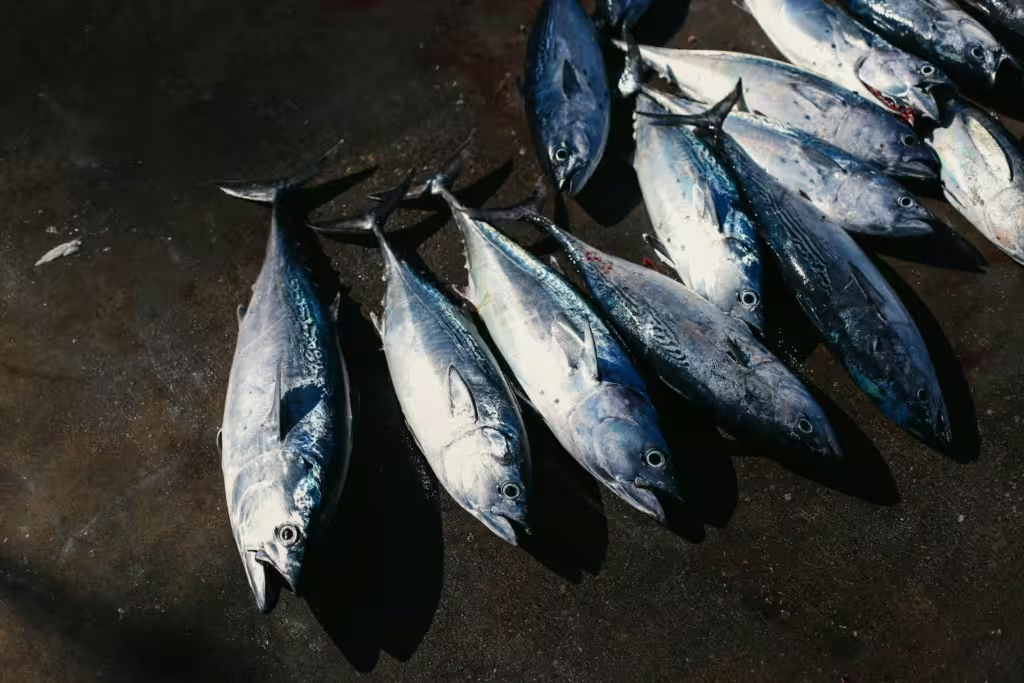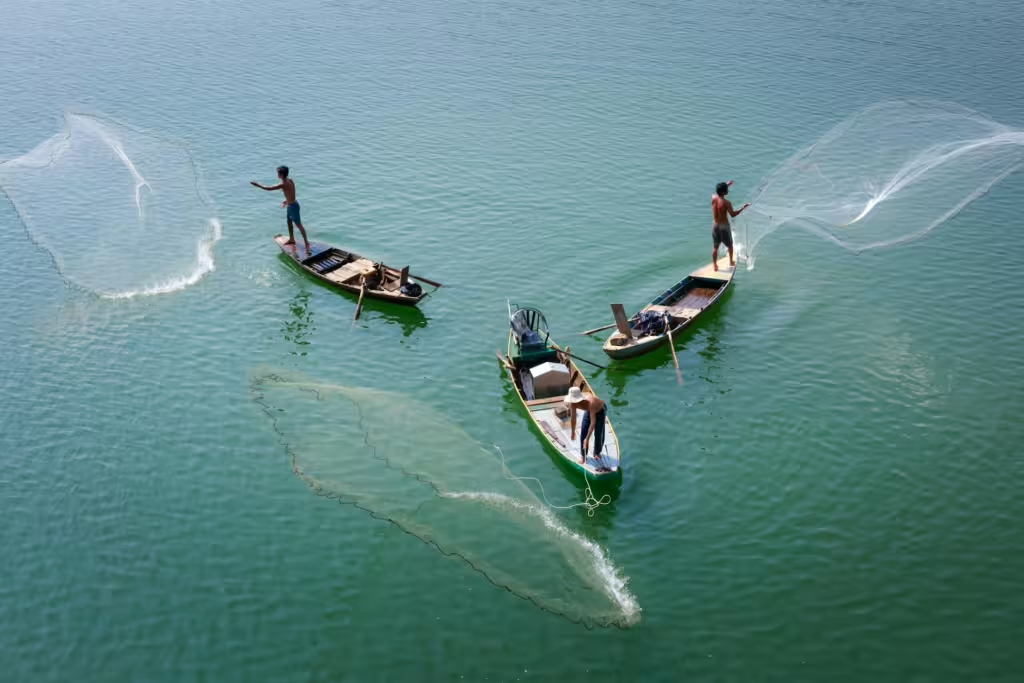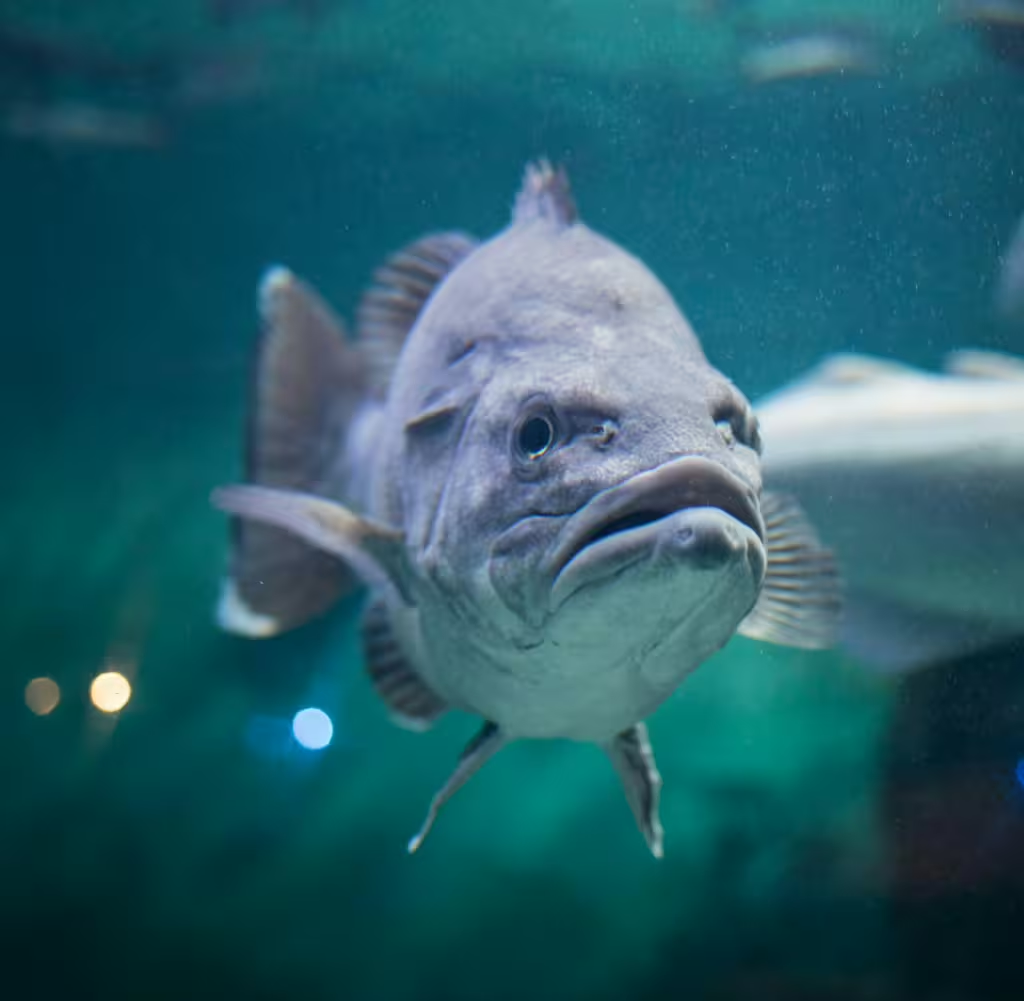There are places on our planet where life exists in a way that is almost unbelievable. In times long past, the sheer magnitude of marine life would have been something to behold. Beneath the waves, millions of species, many of which have yet to be named, live in a delicate dance of concordance, predation, and biodegradation. Or at least, they would be living in this harmonious, glorious cycle…if it weren’t for human intervention.
Thanks to human beings, marine ecosystems are in grave danger. The vast underwater ecosystems of the marine world are under siege and neither the invaders nor the endemic species is fully aware of the battle being fought. In the last century alone, many perviously numerous fish species have either gone extinct or become critically endangered as a result of overfishing, pollution, and climate change. The problem with all of this is that, not only are marine plants and animals crucial to the overall health of our planet as a whole, they are absolutely vital to the food security of billions of people.
In this article, we will examine the current state of our planet’s damaged ocean ecosystems. We will explore a handful or marine fish species that have been lost in recent years, as well as a few that are only just those teetering on the edge of extinction. Finally, we will shine a light on the most egregious human-driven threats responsible for all their fates.

Dead and Gone: Species That Have Gone Extinct
The seven seas are a vast, mostly unexplored place and most experts agree that, with the exception of outer space, it remains the deepest parts of the ocean remain the only undiscovered place within humanity’s reach. As a result, extinctions which occur in marine ecosystems are somewhat harder to confirm than those that happen on land. That said, over the years, modern scientists have found quantifiable ways to determine whether a species is just missing or entirely extinct. Those scientists agree that several species of marine fish have quietly gone extinct in recent decades, though most among the general populace are not aware of their passing.
Smooth Handfish (Sympterichthys unipennis) – Australia
If you haven’t heard of the smooth handfish before now, don’t worry, you’re not alone. This bottom-dwelling fish that could once be found throughout Tasmania’s Derwent Estuary. In 2020, however, the IUCN officially declared the handfish extinct, marking it the first time a fish species was declared such in the modern age. The thing is, the smooth handfish hadn’t been seen in the wild for decades before that declaration. Despite extensive searches, scientists could not find any evidence that it still existed.
For reference, the smooth handfish was a remarkable little creature, that ambled about the ocean floor on modified pectoral fins that acted like legs. Unfortunately, habitat destruction caused by clam and scallop dredging almost certainly wiped it out. It just wasn’t until many years later that humanity even noticed it was gone.
Galápagos Damsel (Azurina eupalama) – Eastern Pacific
Another small, some would say inconsequential fish that has gone extinct in recent years is the Galápagos damsel. This tiny, silvery reef fish, hasn’t been seen since the early 1980s. The running theory is that climate change eventually got the better of it. An El Niño event in 1982–83 dramatically warmed the waters where it lived, ultimately killing off much of the plankton it relied on for sustenance. It’s prolonged absence in the ensuing decades has led scientists to believe that it has gone completely extinct, though rumors of its continued existence persist.
Ready to Go: Critically Endangered Marine Fish of Today
Despite the fact that scientists still have trouble identifying when a fish has gone extinct, there are no doubts that many of today’s surviving species are now classified as critically endangered by several agencies, such as the IUCN. Without urgent conservation efforts, them species listed below could vanish within decades. Some of them are so threatened they could be gone in a few short years.
Giant Sea Bass (Stereolepis gigas)
The Giant Sea Bass was once a common sight for determined anglers in Baja California. Members of this species can weigh an astonishing 500 pounds or more, so giant is not a misnomer in this case. Unfortunately, its size, value, and status as a sport fish meant that it was nearly fished to extinction in the last century. Today, fishing bans and marine protected areas have helped the population to bounce back…somewhat. Despite these efforts, the giant sea bass remains critically endangered due to its slow maturation process.
European Eel (Anguilla anguilla)
Once found all across the European continent, the eel of the same name is a prime example of what can happen when climate change, over harvesting, and pollution encounter a highly-specialized species. European eel numbers have declined more than 90% in the past 40 years and the main culprit is not its mysterious life cycle—spawning in the Sargasso Sea and migrating thousands of miles inland—but the humans who disrupt that remarkable process. Even worse, despite its critical status and the precipitous point the entire species faces, culinary demand continues…likely to its inevitable demise.
Atlantic Bluefin Tuna (Thunnus thynnus)
Tuna enthusiasts might already be familiar with the plight of the bluefin tuna; one of the most prized fish in the world. Adult specimens of this apex predator are valued at over $1 million or more at Tokyo auctions. The tuna’s main problem is how delicious it is and as a result it has been heavily overfished for decades. Even though fish stocks are set to recover thanks to stricter enforcement and quotas, the bluefin is likely living on borrowed time. People just can’t seem to get enough.

Humans Are the Problem
If you haven’t cottoned on to the main cause of these mass extinctions and population collapses, then you might be surprised to learn that humans are the problem. All over the world, human activities are reshaping the oceans in a host of callous, destructive ways.
Overfishing and Bycatch
Human greed is a powerful, destructive force and human populations grow with each passing year. As a result, overfishing remains the most significant threat to marine fish. According to the FAO, more than one-third of global fish stocks are exploited beyond sustainable levels. Then there’s the incidental death caused by bycatch, or the unintended capture of non-targeted fish species. This phenomenon contributes to the deaths of millions of marine animals, including dolphins and sea turtles, each year.
Habitat Destruction
Coastal development, pollution, and destructive fishing practices damage have been damaging critical marine habitats since humanity first started taking to the seas en masse. Valuable marine habitats like coral reefs, seagrass beds, and mangroves are more endangered than ever. Moreover, they take decades to recover once they are damaged. That is, if they even recover at all.
Pollution
Whether by oil spills, plastic waste, agricultural runoff, or discarded fishing equipment, pollution is a serious cause of marine extinctions. These types of waste harm marine fish both directly and indirectly. The chemicals can cause nutrient overloads and deadly algal blooms, while physical pollutants can become ingested or tangled around marine animals, causing physical harm, poisoning, or death.
Climate Change
We have already seen that rising ocean temperatures can impact marine habitats in highly destructive ways. Things like ocean acidification and shifting sea-levels can reshape marine environments in dangerous and unexpected ways. Coral bleaching events are one of the most egregious of these climate-derived events. They are often triggered by heat stress and have been decimating reefs across the world for decades now. Warmer waters also disrupt migration patterns and breeding grounds, making it harder for threatened marine species to bounce back.

True Investigator Says…
As you can see, though many species have left this world as a result of human callousness and greed, many still remain thanks to the efforts of scientists, marine biologists, and concerned people everywhere. The truth of the matter is this; the extinction of marine fish species is already happening at an alarming rate and their demise is a clear warning to all of us that are wise enough to see it.
As hopeless as this all seems on the surface, extinction is not an inevitability. Indeed, in places where humans have stepped back, the ocean has shown remarkable resilience. Coral reefs have the ability to recover. Fish populations can rebuild over time. Ecosystems can indeed stabilize—if we give them the chance to do so. In the end, the ocean’s survival and our own, depends entirely on humankind. We stand at the tipping point; are you ready to take the plunge with us to save our planet?
Discover more from TrueInvestigator
Subscribe to get the latest posts sent to your email.


